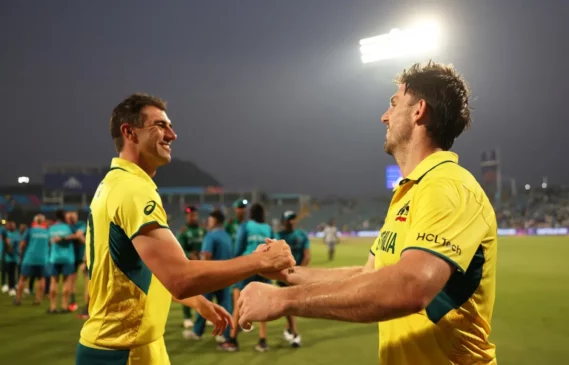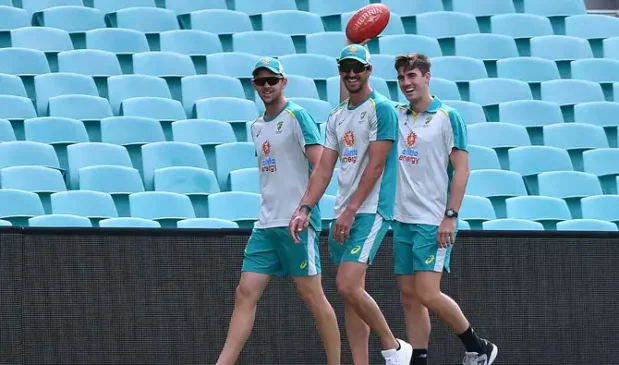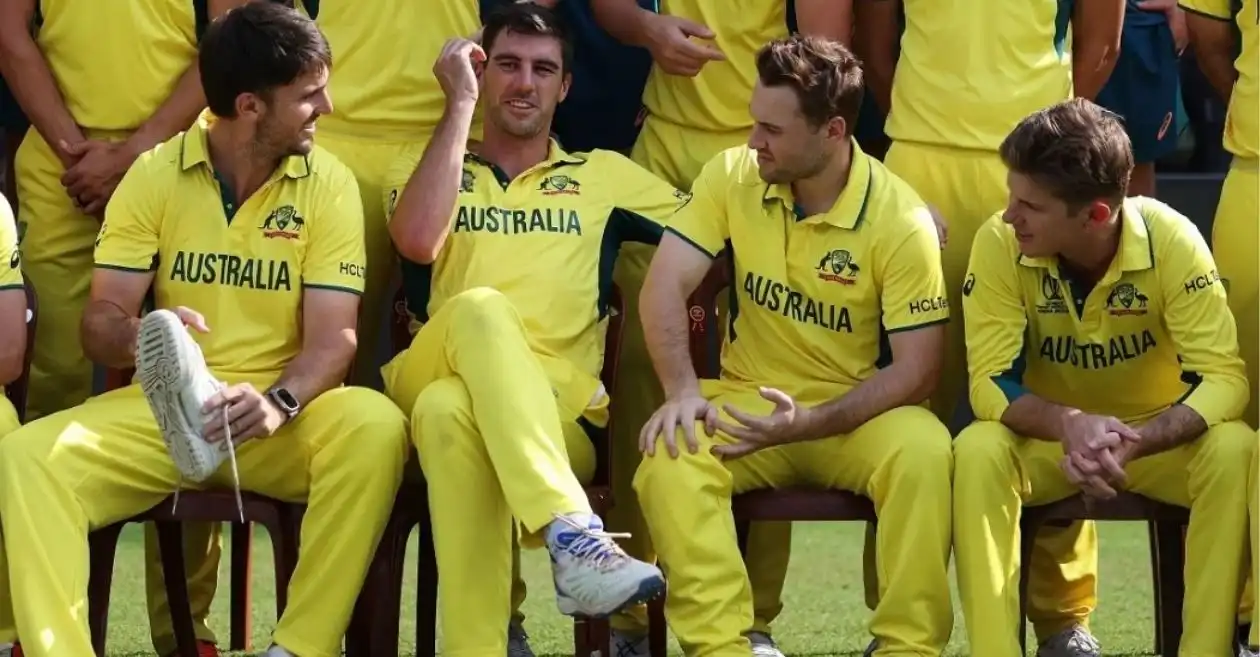Table of Contents
Australia‘s ODI form has come under serious scrutiny after yet another bilateral series defeat, this time against South Africa at home. Despite salvaging some pride with a record-breaking win in the final ODI, the 2-1 loss added to their growing concerns.
Australia’s struggles in bilateral ODI battles
Notably, this series loss against South Africa was Australia’s third consecutive defeat in the 50-over format. Their first setback came against Pakistan in November 2024 at home, where they lost 1-2. Then, in February 2025, Australia toured Sri Lanka for a two-match ODI series and were whitewashed 2-0.
Most recently, in August 2025, they went down 1-2 against the Proteas. These back-to-back defeats have left both fans and experts puzzled, raising questions about what has gone wrong for the Aussies in ODIs. On that note, let’s break down the main reasons behind Australia’s struggles in the ODI format.
3 reasons behind Australia’s poor show in ODIs
1) Leadership concerns

One of the major reasons behind Australia’s poor performances has been leadership instability, especially due to the absence of Pat Cummins.
Against Pakistan, Cummins captained the first two ODIs. Australia won the opening game by 2 wickets, but Pakistan bounced back strongly with a 9-wicket win in the second. For the decider, Cummins was rested ahead of the Border-Gavaskar Trophy, and Josh Inglis led the side. The move backfired badly, as Australia lost by 8 wickets and conceded the series 1-2.
In the following series against Sri Lanka, Cummins again missed out, this time due to the birth of his second child and concerns over an ankle injury aggravated during the Border-Gavaskar Trophy. Steve Smith took charge, but Australia were swept aside 2-0.
A similar situation occurred in the South Africa series. Cummins was rested to focus on his fitness and preparation for the Ashes, with Mitchell Marsh captaining instead. Yet again, Australia looked off-colour and suffered a 2-1 defeat.
Also READ: Top 5 best bowling figures by Australian spinners in ODIs ft. Cooper Connolly
2) Absence of key bowlers

Another big factor behind Australia’s struggles has been the unavailability of their premier pace attack — Cummins, Mitchell Starc, and Josh Hazlewood.
The trio featured in the first two ODIs against Pakistan but were rested for the decider, which Australia lost. In both subsequent series, against Sri Lanka and South Africa, they were absent altogether.
The bowling group that took the field showed flashes of promise but often looked under pressure, allowing opposition batters to dominate. Without their senior pacers, Australia’s attack lacked control and penetration.
3) Inconsistency in the batting unit

Batting has arguably been Australia’s biggest problem in the ODI format. The likes of Matthew Short, Jake Fraser-McGurk, Travis Head, Glenn Maxwell, Steve Smith, and Marsh have all struggled for consistency, leaving the team vulnerable.
The only real exception came in the third ODI against South Africa, where Head, Marsh, and Cameron Green struck centuries in a record-breaking performance. Apart from that, Australia’s batting has failed to click collectively across the last three series, leaving them exposed to opposition attacks.
Also READ: Biggest defeat against Australia! 5 heavy losses for South Africa in ODIs
